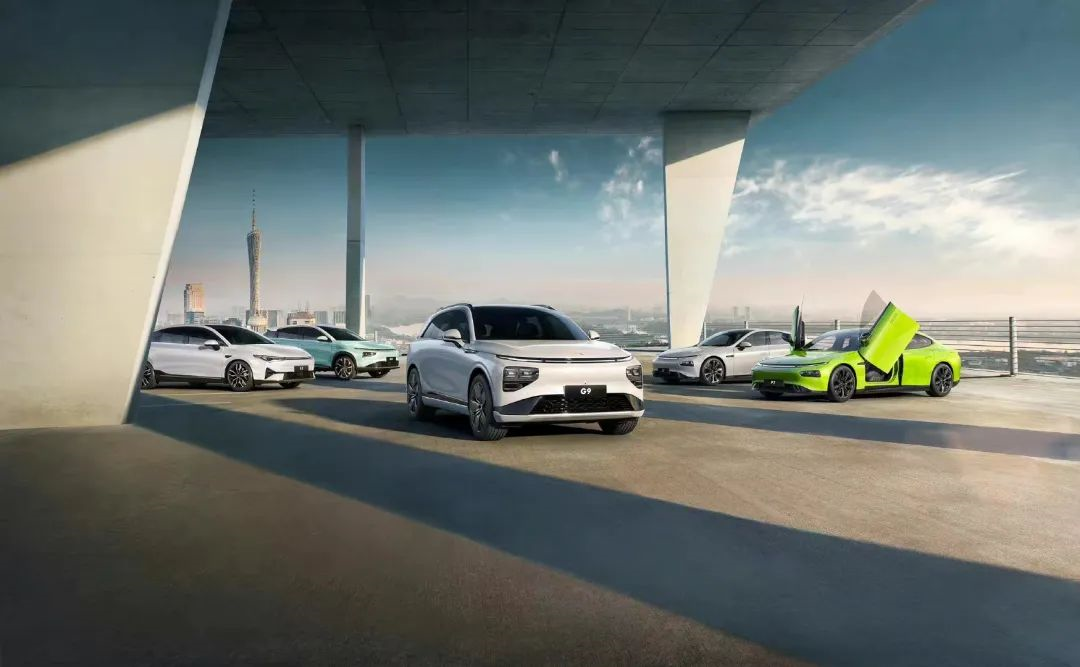Author: Dayan
2021 is a proud year for XPeng Motors.
Recently, XPeng released its 2021 financial report. In terms of deliveries, XPeng surpassed its competitors for the first time, with a delivery volume of 98,200 units and a year-on-year increase of 263%. XPeng won the domestic new energy vehicle brand sales championship. Especially in November and December last year, with consecutive monthly sales of over 15,000 units, XPeng has the capability to achieve the sales target of 200,000 units per year. Although failing to achieve the sales target of 100,000 units, XPeng could easily achieve this goal if there was no chip shortage.
Thanks to the rapid growth in sales volume, XPeng’s revenue for the fiscal year 2021 reached RMB 20.99 billion, a year-on-year increase of 259.1%. Among which, automotive sales revenue was RMB 20.042 billion, a year-on-year increase of 261.3%; gross profit totaled RMB 2.623 billion, with a gross profit margin of 12.5%, an increase of 7.9% from the previous year; the net loss was RMB 4.863 billion, a year-on-year increase of 78.1%, including RMB 4.114 billion of R&D investment.
As of December 31, 2021, cash, cash equivalents, restricted cash, short-term deposits, and long-term deposits were RMB 43.54 billion (USD 6.83 billion).
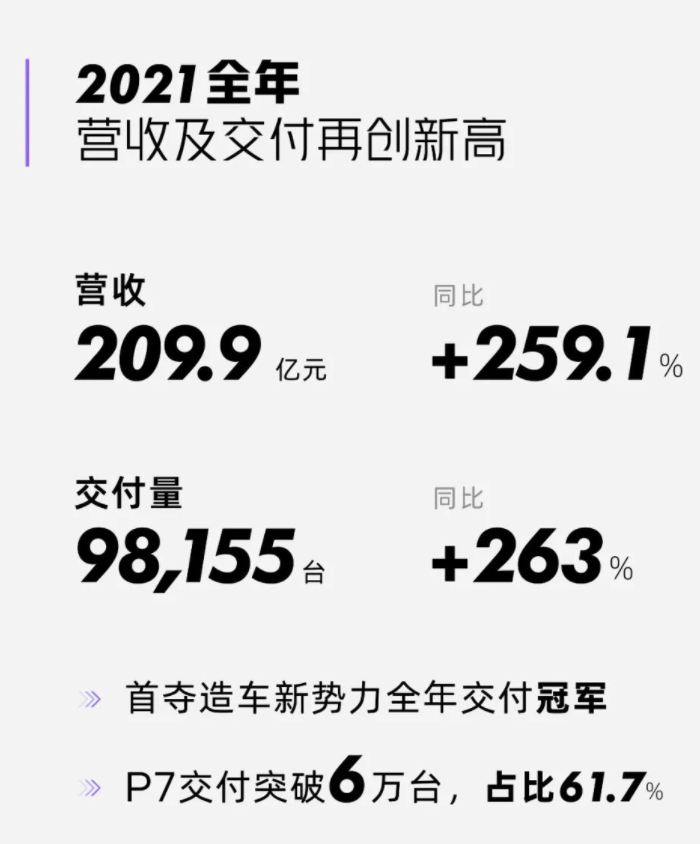
Continuous Improvement of Product Matrix
In terms of models, the P7 is still the main selling model of XPeng, with a sales volume of 60,209 units throughout the year as the solid sales backbone. Although the G3 was restyled, its delivery volume remained around 30,000 units, while the P5 may not have met the initial expectations, with a delivery volume of only 7,865 units throughout the year.
Whether the P7 can achieve monthly sales of over 10,000 units and whether the P5 can catch up with the sales volume of P7 in 2022 will directly determine XPeng’s annual sales performance.
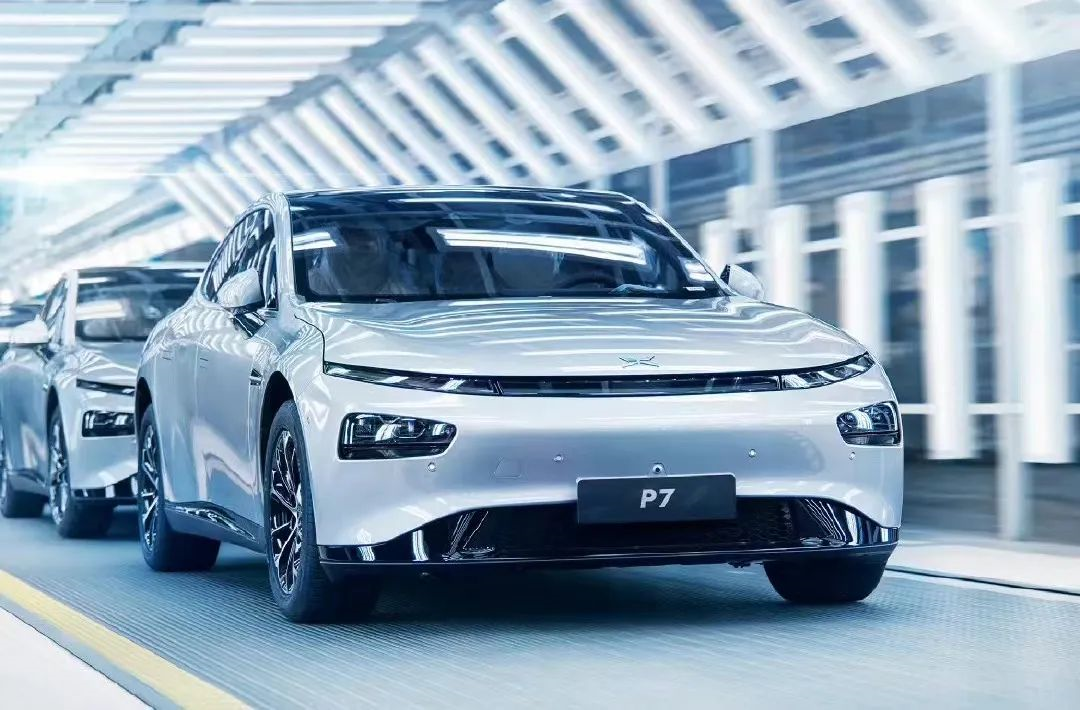
Currently, XPeng does not have a plan to launch entry-level or high-end sub-brands in the short term. Therefore, the flagship model XPeng G9, to be unveiled in the third quarter of this year, and the two new models (B-class car and D-class car) under two new platforms to be launched next year will become XPeng’s new sales growth points in the future.
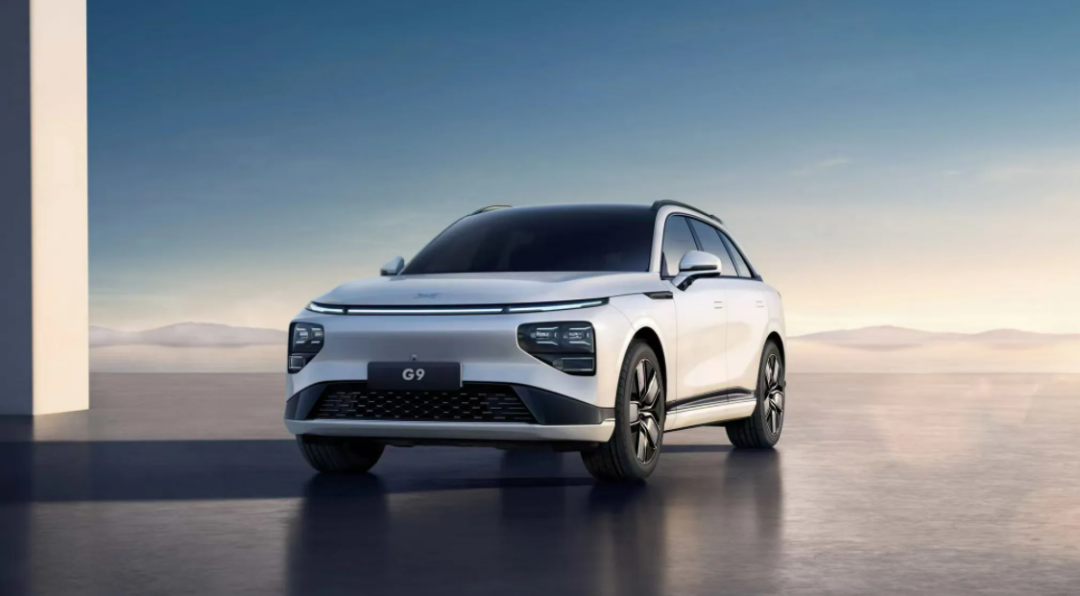 On one hand, its new platform, applying advanced production technology such as integrated casting, aims to achieve stronger competitiveness in cost control and keep up with Tesla and Volvo.
On one hand, its new platform, applying advanced production technology such as integrated casting, aims to achieve stronger competitiveness in cost control and keep up with Tesla and Volvo.
On the other hand, as these higher-positioned models continue to be launched, XPeng will not only establish a very complete model matrix, but also has the potential to catch up with Li Auto and NIO in terms of sales and gross profit margin. According to XPeng’s plan, its gross profit margin target is set at 25% for the mid to long term.
Of course, while enriching the product matrix and reducing costs, ensuring production capacity is also crucial. In terms of production capacity, XPeng currently owns the investment factory of Zhengzhou Haitong and the self-built Zhaoqing factory with a planned annual production capacity of 100,000 units. At the same time, XPeng has also planned to build two new factories in Wuhan and Guangzhou with a planned production capacity of 100,000 units. According to Tesla’s super factory model, XPeng Auto can also achieve the target of 500,000 production capacity through continuous optimization of bottleneck workstations as long as the design is appropriate in the early stage.
Among Chinese new energy vehicle companies, XPeng has invested the most in autonomous driving and is also technologically advanced. This is not only reflected in the continuous iteration of XPilot, but also in the P5 becoming China’s first mass-produced vehicle equipped with lidar, opening the era of China’s autonomous driving lidar.
Technologically speaking, XPeng will complete the development of urban NGP in Q2 this year, and gradually open the urban NGP functions in major cities based on the approval rhythm according to the high-precision map. The upcoming XPilot 4.0 will cover both urban NGP and high-speed NGP, and will be installed on four models under XPeng (P5, P7, and two models to be launched next year) at the same time.
Currently, the intelligent penetration rate of XPeng’s on-sale models has reached 20%. With XPilot 4.0 to be launched in 2023, the penetration rate will exceed 50%. For XPeng Auto, this will open up a new source of income beyond vehicle sales.From the perspective of performance, according to He XPeng, the capabilities of XPilot City NGP is close to the level of the top Robotaxi in China, “and even some aspects have surpassed it.” Specifically, in the Guangzhou urban area, there have been several instances where the car did not require human intervention for dozens of kilometers or only required it once, which is already very close to the effect of high-speed NGP. For XPilot car owners, opening the auxiliary driving is much safer and collision-resistant than manual driving over millions of kilometers.
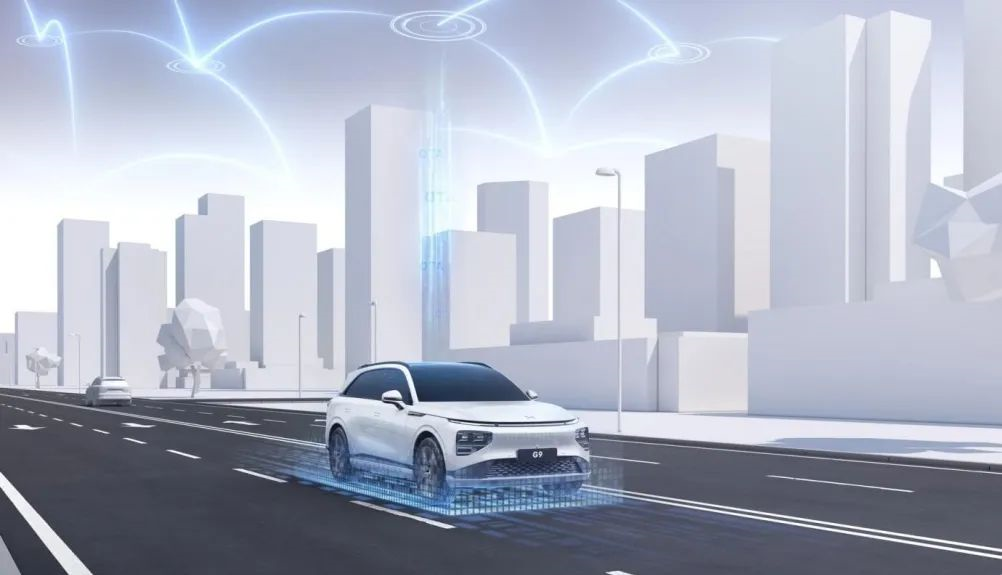
Where are the new breakthrough points?
For XPeng, supercharging, overseas markets, and Robotaxi will become the new growth points for XPeng’s business outside of XPilot.
As of January 17th of this year, XPeng has deployed 813 supercharging stations in 337 cities, and starting this year, XPeng will gradually launch its second-generation supercharging stations. The mainstream on the market is 120kW charging pile, while XPeng will deploy 360kW supercharging pile in the second quarter, and later follow up with a 480kW supercharging pile. With the 800V SiC high-voltage platform carried by G9, charging for 5 minutes and a range of 200 kilometers will no longer be a dream, and this will also constitute XPeng’s new core competitiveness.

Overseas markets will also occupy an increasingly important position in XPeng’s future sales. XPeng has set up its European headquarters in Amsterdam, the Netherlands, and established corresponding branches in Denmark, Germany, Norway, and Sweden. In terms of direct sales stores, after landing in Norway in 2020, XPeng opened its second direct experience store in Stockholm in February. Compared with the fiercely competitive domestic market, there is relatively more room for XPeng in the European electric vehicle market. Of course, how new forces and independent brands in China will break into overseas markets is not only a challenge faced by XPeng, but also by every Chinese car company that goes abroad.
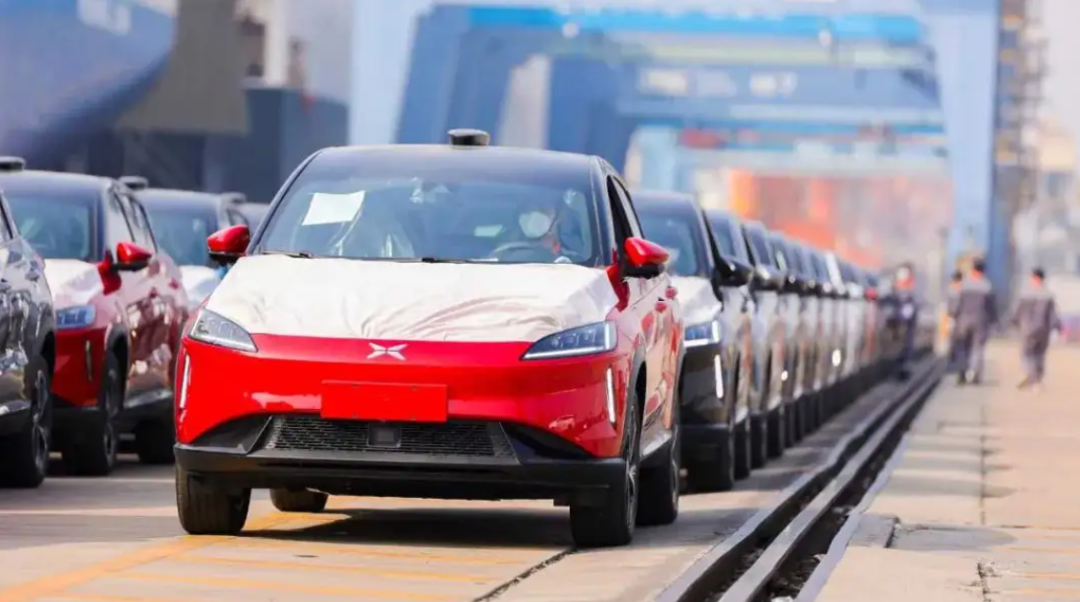
In addition to promoting the deployment of XPilot on car models purchased by C-end consumers, XPeng recently established Guangzhou Pengxu Autonomous Driving Technology Co., Ltd., which will officially launch Robotaxi business in the second half of 2022. The initial models will use the XPilot 3.5 system, and later transition to XPilot 4.0 gradually.Through the Robotaxi business, sufficient real vehicle test data has been accumulated in the field of autonomous driving to continuously optimize the system algorithm. At the same time, the L4 level autonomous driving technology carried by Robotaxi can also be extended to C-segment passenger vehicles, promoting the intelligent driving experience of XPeng’s vehicle models, which can be said to be a mutually beneficial model. At the same time, as the technology and scale of Robotaxi gradually mature, it also has great potential as a business.
Final Thoughts
Undoubtedly, new energy vehicle companies, including XPeng, are currently in a rapid growth process.
Although in 2022, global automakers including XPeng will still face challenges such as chip shortage, rising prices of raw materials, and even market inflation caused by the Fed’s interest rate hikes, as long as there are no major strategic errors, XPeng will maintain a relatively fast growth rate this year and next. Whether it is the G9 or the B-class and D-class cars that will be launched next year, we can see that XPeng’s intentions for upward vehicle models are very clear.
In the foreseeable future, through launching new vehicle models to fill gaps in niche markets, and the implementation of strategies such as Supercharging, XPilot, and overseas markets, XPeng’s vision will not be limited to being a sales champion among new energy vehicle companies.
This article is a translation by ChatGPT of a Chinese report from 42HOW. If you have any questions about it, please email bd@42how.com.
